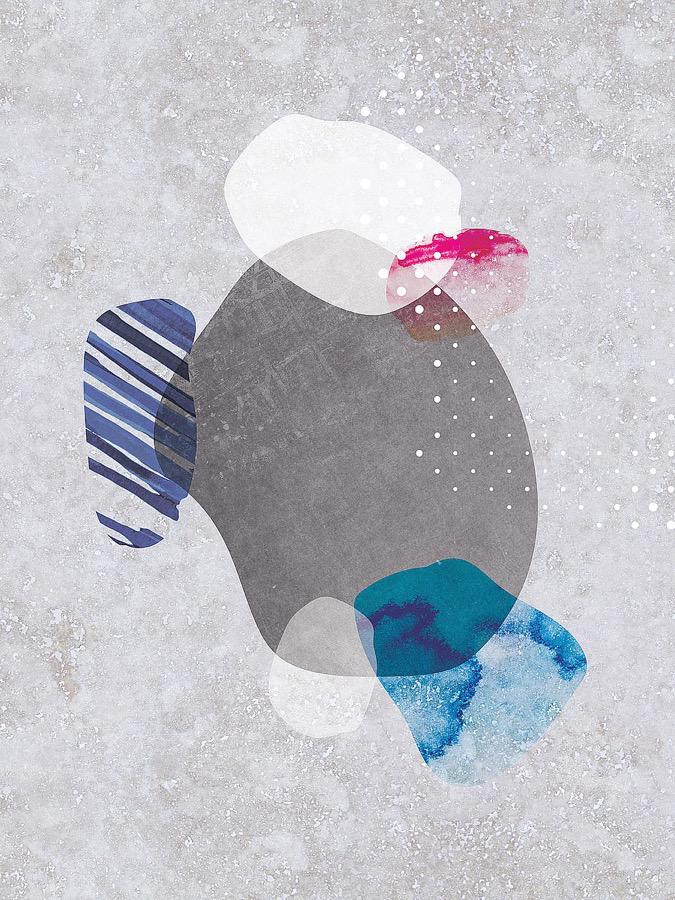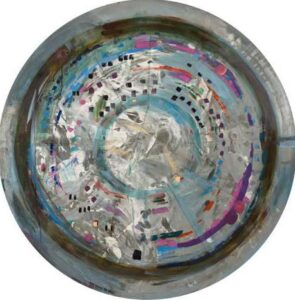
Art Impacts Wellness



Galileo’s Assistant III by Bellissimo Art
“particular awareness of a person’s physical, mental, emotional, and spiritual dimensions and needs…[It] combines the strengths of conventional medicine with effective and safe approaches in complementary and alternative medicine: botanicals and natural products, mind-body-spirit interventions, manipulative and body-based therapies, energy therapies, and whole medical systems” like traditional Chinese medicine and Ayurveda (Rollins, Arts, Health & Wellness – Americans for the Arts, 81-83).As a result, healthcare settings aren’t the only places that advance wellness. People have an increasingly wider choice of settings that help them to achieve equilibrium, restoration, stress-reduction, and personal growth.

Ocean Tides by Lina Alattar